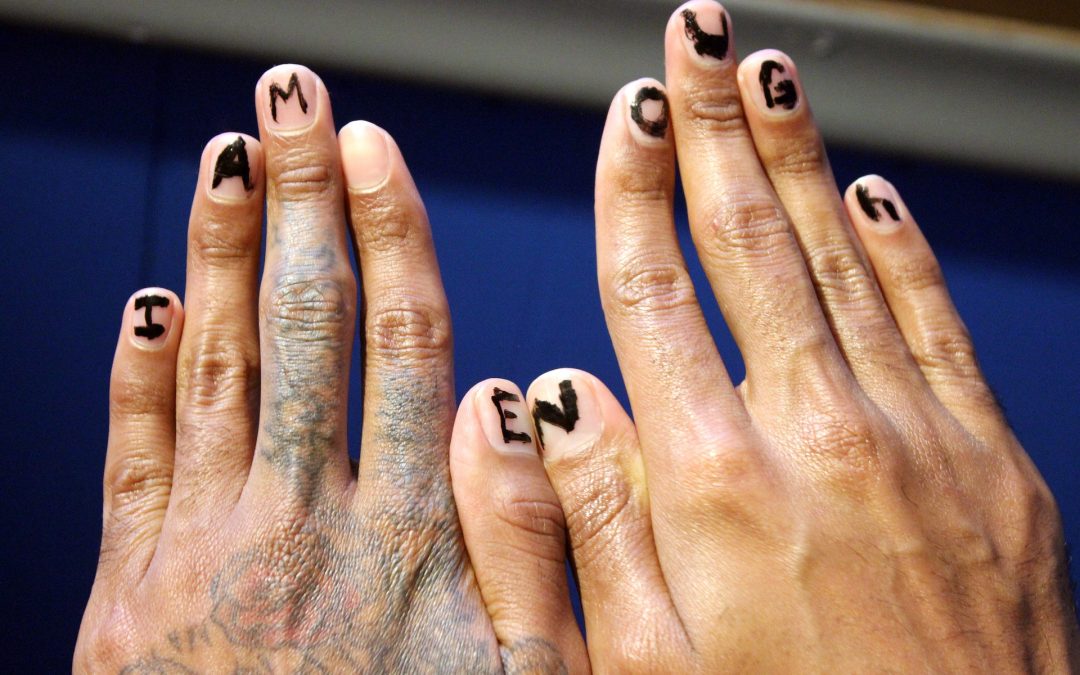By Jemaima Tiatia-Seath –
One life lost to suicide, is one life too many. The World Health Organisation estimates that globally, 800,000 people die by suicide each year. This is equivalent to a suicide death every 40 seconds. It is predicted that by the year 2020, the rate will increase to 1.53 million per year, equating to one suicide death occurring every 20 seconds. Sadly, New Zealand once again holds the highest youth suicide rate in the OECD.
In 2016/2017, 606 New Zealanders died by suicide. This is our worst number yet and only reaffirms the urgency needed for alternative approaches as clearly, current strategies are not working. What is striking, is that in the same period, 130 Māori took their own lives and continue to have the highest suicide rate of all ethnic groups in this country. And although rates for Pacific peoples by comparison may be regarded as minute to the general population, this does not discount the fact that Pacific peoples have the highest rates for suicide attempts, suicide thoughts and suicide planning. The Youth2000 survey indicates that shockingly, Pacific youth are three times more likely to attempt suicide than the general population. Moreover, like Māori, Pacific peoples tend to access mental health services less often than their Pākehā counterparts.
Debt, unemployment, sub-standard housing, homelessness, poor nutrition, colonial injustices and historical trauma, culturally incompetent service providers, institutionalised racism, unconscious bias and inadequate human resourcing and workforce development; all play their part in underserving our most vulnerable in society. We must also be mindful that the burden does not solely rest with the mental health sector, but also with education, social services, justice and the like and most importantly enabling meaningful engagement and sustainable relationships with those communities most affected. I take this opportunity to emphasise that there is a wealth of evidence suggesting that suicide increases with deprivation. Thus, in order to see real momentum in the reduction of suicides in this country, our government needs to boldly prioritise issues around poverty. Furthermore, with the unacceptably high rates of suicide for Māori, young males, and increased suicide risk for Pacific and rainbow communities, should there not also be focused efforts on indigenous, cultural, gendered and rainbow-centric initiatives?
I posit that a whole-government approach is needed and a government that is willing to uphold strong leadership, visibility and transparency. This needs to happen if we are to be serious about reducing suicides. What we have seen for far too long, and in some cases, unintentional disregard for indigenous or ‘marginalised’ community-driven grunt, instead we are witnessing suicide prevention strategies reflecting a top–down approach with a clinically western underlay.
It is imperative for our government not only to fully acknowledge the current failings, but to also let go of the reigns, and empowering communities themselves to define and address their own issues. A recent opinion piece I contributed to Newsroom in this regard through a Pacific lens further highlights that the solutions lie within our communities.
It is critical that policy reflect health, social, cultural and economic inequities and injustices and take heed of the narratives of those with lived experiences of suicidal behaviours and/or have been impacted by the loss of a loved one to suicide. A new direction for suicide prevention in Aotearoa must be a priority.
References
Chan S, Denny S, Fleming T, Fortune S, Peiris-John R, Dyson B. Exposure to suicide behaviour and individual risk of self-harm: Findings from a nationally representative New Zealand high school survey. Australian & New Zealand Journal of Psychiatry. 2017:0004867417710728.
Ministry of Health. Health loss in New Zealand 1990–2013: A report from the New Zealand burden of diseases, injuries and risk factors study. Wellington: Ministry of Health; 2016.
Oakley Browne MA, Wells JE SK. Te rau hinengaro: The New Zealand mental health survey. Wellington: Ministry of Health; 2006.
Office of the Chief Coroner of New Zealand. Provisional annual national suicide statistics 2016/17
Teevale T, Lee AC-L, Tiatia-Seath J, Clark TC, Denny S, Bullen P, et al. Risk and protective factors for suicidal behaviors among Pacific youth in New Zealand. Crisis. 2016; 37:33-–46.
Tiatia-Seath J, Lay-Yee R, Von Randow M. Suicide mortality among Pacific peoples in New Zealand, 1996-2013. New Zealand Medical Journal. 2017;130(1454):21-29.
World Health Organization. Preventing suicide: A global imperative. World Health Organization; 2014.
World Health Organization. Figures and facts about suicide 1999 [September 2016].
Jemaima Tiatia-Seath is a senior lecturer at Te Wānanga o Waipapa, School of Pacific Studies and Māori Studies, Faculty of Arts

